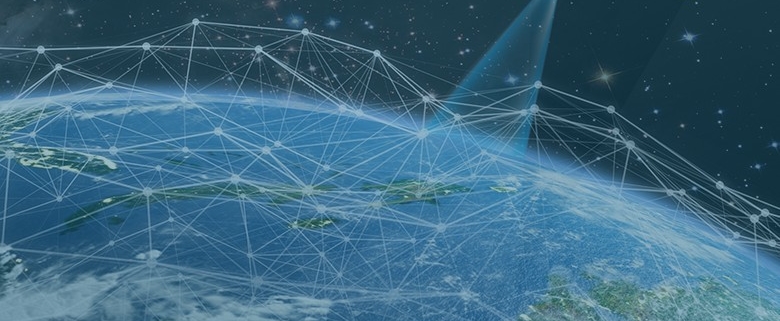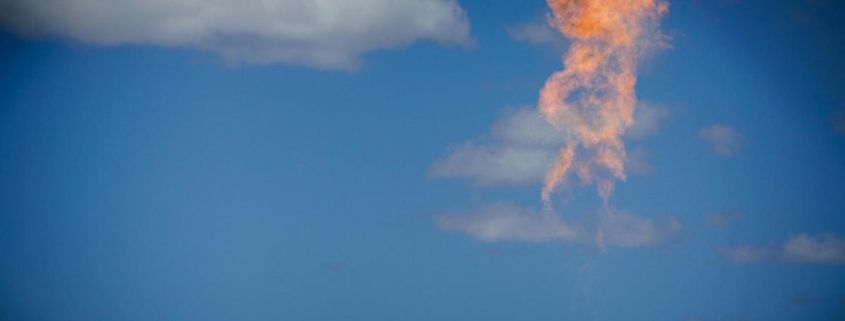ZeroOutages Launches Bundled LEO Satellite Net Featuring Integrated Sophos Industry-Awarded Managed Internet Security


ZeroOutages Unveils Revolutionary Bundled LEO Satellite Internet Featuring Integrated Sophos Industry-Awarded Managed Internet Security
Los Angeles, CA, April 15, 2024 (GLOBE NEWSWIRE) — ZeroOutages, a leading provider of innovative networking solutions, proudly announces the global launch of its groundbreaking bundled Low Earth Orbit (LEO) Satellite Internet service, combined with integrated Sophos industry-awarded Managed Threat Detection and Response (MDR), Extended Detection and Response (XDR) and Zero Trust Network Access (ZTNA) Internet security solutions.
This pioneering offering from ZeroOutages marks a significant advancement in the realm of satellite-based internet connectivity. Leveraging the latest advancements in LEO satellite technology, ZeroOutages has engineered a solution that not only delivers high-speed internet access but also ensures uncompromised security with the integration of Sophos’ renowned internet security suite.
The partnership with Sophos, a globally recognized leader in cybersecurity, underscores ZeroOutages’ commitment to providing comprehensive and robust solutions to its customers. By integrating Sophos’ industry-awarded internet security features directly into its bundled LEO Satellite Internet service, ZeroOutages empowers businesses and individuals globally with a seamless, reliable, and secure internet experience, even in the most remote locations.
Key features of ZeroOutages’ Bundled LEO Satellite Internet with Integrated Sophos Industry-Awarded Internet Security include:
-
High-Speed Connectivity: ZeroOutages’ LEO Satellite Internet offers blazing-fast internet speeds, enabling users to stay connected and productive regardless of their geographical location.
-
Global Coverage & Global Deployment: With a constellation of LEO satellites in orbit, ZeroOutages ensures global coverage, delivering internet access to even the most remote and underserved regions.
-
Integrated Security: By incorporating Sophos’ industry-awarded internet security suite, ZeroOutages provides robust protection against cyber threats such as malware, ransomware, phishing attacks, and more, safeguarding users’ data and privacy.
-
Seamless Integration: The…



